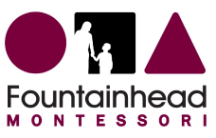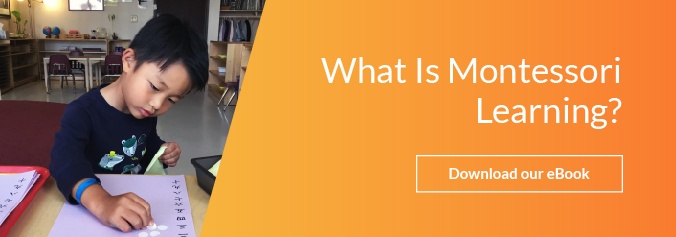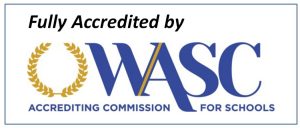On the most basic level, schools exist to educate. While all schools are in existence to provide education, they do not all approach the process in the same way. You can see just how different programs can approach education by looking at the major differences between private and public schools. The governing entity, educational philosophy, class size, and admissions process are very different at a private school compared to a public school.
Governing entity
The state governs public schools and decides the standards that public schools are required to meet. Also, the state puts out a set of guidelines, and teachers choose curriculum and objectives based on those guidelines. Standardized testing is used as a type of checks and balances to make sure public programs are following the state guidelines.
Private schools are not required to follow the same guidelines set forth by the state. and have much more flexibility when it comes to choosing or creating a curriculum. There is also more flexibility in the design of the classroom, layout of the schedule, and method of instruction. Success is typically measured by the progress of the individual student and not on a single test result.
Educational philosophy
The state dictates the educational philosophy of a public school. As mentioned above, public schools do not have a lot of freedom when it comes to choosing how and what to teach.
Private school programs have the freedom to ascribe to the educational philosophy of their choice. For example, Fountainhead Montessori School ascribes to the Montessori Philosophy of education. The design of the classroom, curriculum, instruction, and training of the teachers are all done in a way that aligns with the Montessori Philosophy. As you consider educational options for your child, be sure and ask about the educational philosophy of any program on your shortlist.
Class size
Many public schools have large class sizes. Public programs are required to accommodate the students in their district. This means that many public schools continue to increase class sizes to accommodate a growing student body.
Private school programs have more control over class size and typically keep them small. When a private school reaches capacity in terms of spaces and teachers, students who are interested in the program are put on a waitlist. Private schools are under no obligation to accept more students if their program is already full. The smaller class size allows for more individualized attention and instruction from the teacher.
Admissions process
For most public schools, the admissions process involves providing proof of address, vaccination records, and filling out an informational packet. Students are admitted to public schools based on where they live.
The admissions process for private schools varies between programs. Some private programs require an assessment, interview, and on-campus observation. You will have to talk to admissions at the private program you are interested in to get all of the information you need.
Understanding the major differences between private and public schools can help you determine which one is the best option for your child. If a Montessori education is one of the options you are exploring, you can find additional resources in the online parent library provided by Fountainhead Montessori School.












Let us know what you think about this post
Put your Comment Below: